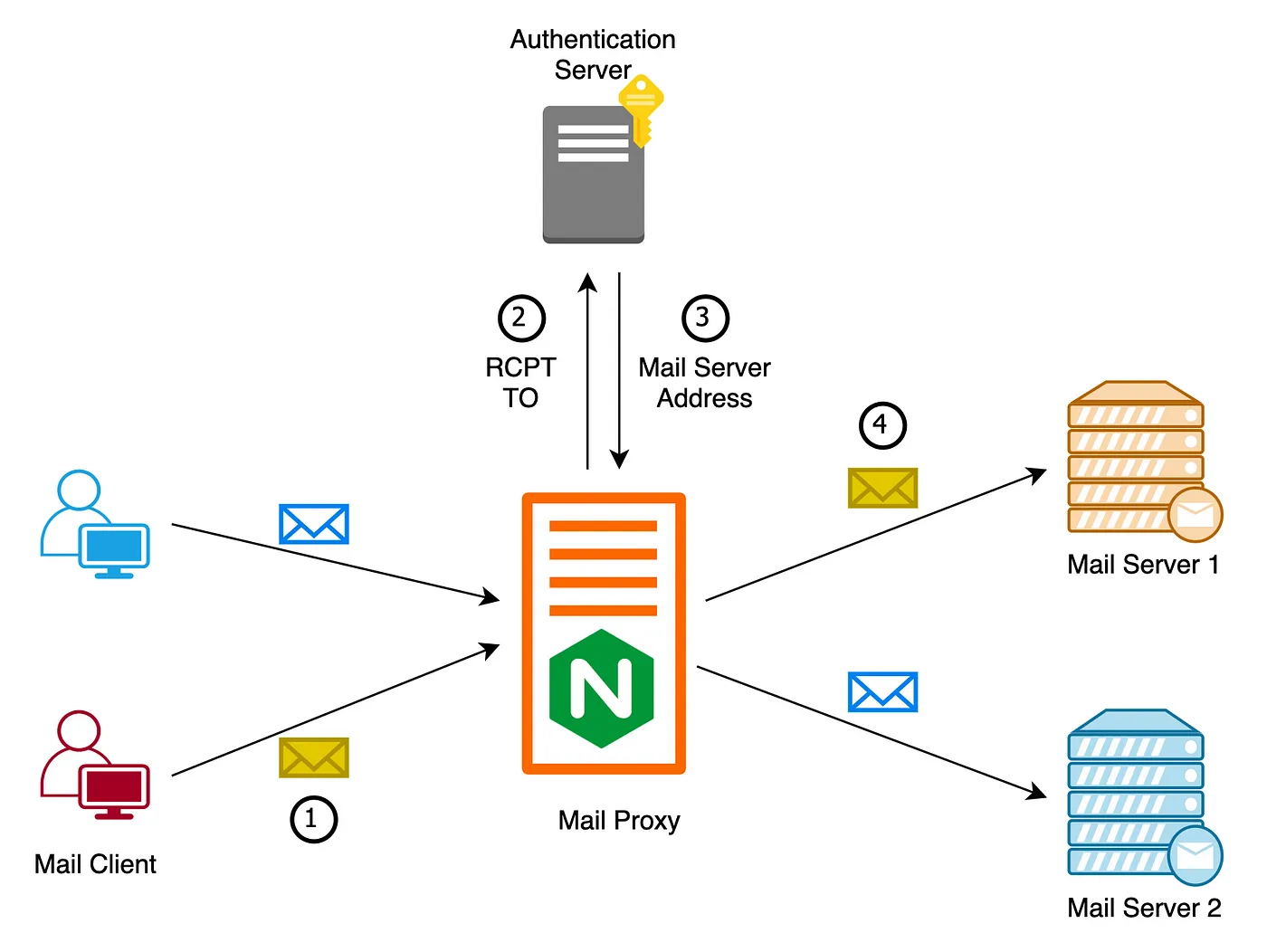
After running a single-instance MailCow-based mail server for quite some time, I decided it was time to make a change. MailCow served me well as an all-in-one solution, but as my infrastructure and user base expanded, I found myself in need of a more scalable, flexible, and resilient setup.
What MailCow Offers
For those unfamiliar, MailCow is a powerful, open-source mail server suite that runs on Docker. It bundles together various essential mail components such as Postfix (SMTP), Dovecot (IMAP/POP3), Rspamd (spam filtering), SOGo (webmail and groupware), and acme.sh for Let’s Encrypt SSL automation. It provides a clean web interface for managing domains, mailboxes, spam filters, DKIM, DMARC, and more.
While MailCow is great for self-hosters and small organizations, it’s essentially a monolithic deployment. This makes scaling or building redundancy a bit more difficult, especially when high availability or geographical distribution becomes necessary.
Why I Switched
To solve growing infrastructure needs, I migrated to a distributed mail architecture that separates mail proxy servers from back-end mail processing nodes, arranged in a clustered environment.
What is a Mail Proxy Server?
A mail proxy server acts as an intermediary between clients (like your email apps or mobile devices) and the actual back-end mail servers where mailboxes are hosted. It can:
-
Route incoming SMTP, IMAP, and POP3 traffic to the correct back-end node.
-
Handle load balancing, SSL termination, and filtering before handing off the connection.
-
Offload CPU-intensive operations like spam filtering, virus scanning, or authentication caching.
Think of it as a receptionist in front of a busy office building, directing guests to the correct floor or department.
Benefits of Using Mail Proxies
By introducing mail proxies, I gained several advantages:
-
Scalability: I can now scale proxies independently from back-end servers.
-
Resilience: If one proxy goes down, others take over seamlessly.
-
Security: Public traffic never touches the back-end nodes directly.
-
Centralized Filtering: All filtering logic can be maintained at the proxy level.
-
Smart Routing: Proxies dynamically route connections based on user domain, location, or load.
The New Setup
My current setup consists of multiple geographically distributed mail proxy servers, each handling incoming and outgoing SMTP, IMAP, and POP3 requests. Behind them is a clustered mail server environment, which hosts the actual mailboxes and mail storage. These back-end servers are synchronized for high availability and redundancy.
The architecture is modular and cloud-friendly — allowing components to be added or replaced without impacting the entire system.

(The Mail Proxy host has been installed and serving from multiple servers to be sure it is always available.)
Conclusion
Switching from MailCow to this clustered mail infrastructure was a significant shift. MailCow is still an excellent solution for smaller deployments or when you need an easy-to-manage full-stack mail server. However, for larger-scale operations requiring high availability, security, and performance, splitting the architecture into mail proxies and mail storage clusters provides far more flexibility and robustness.
This migration journey not only improved system performance and reliability but also opened the door for future automation, monitoring, and dynamic routing improvements across the entire email delivery pipeline.

